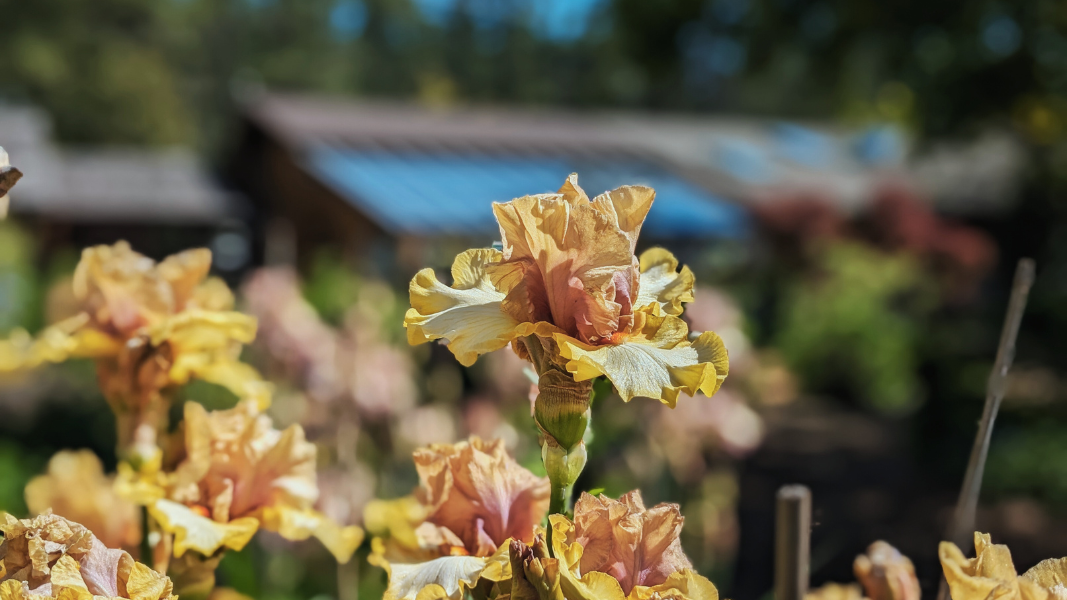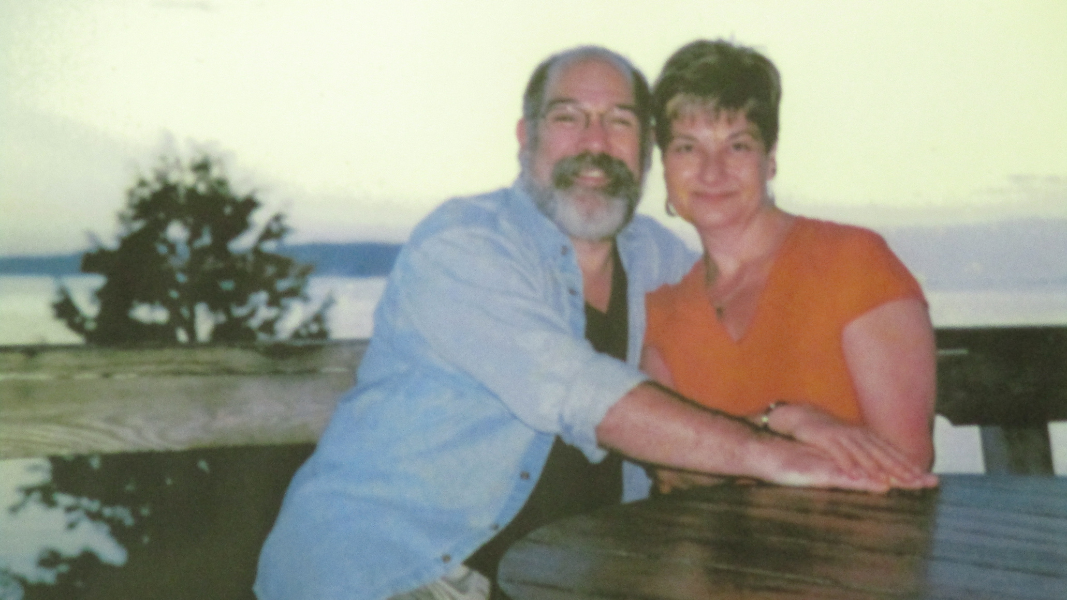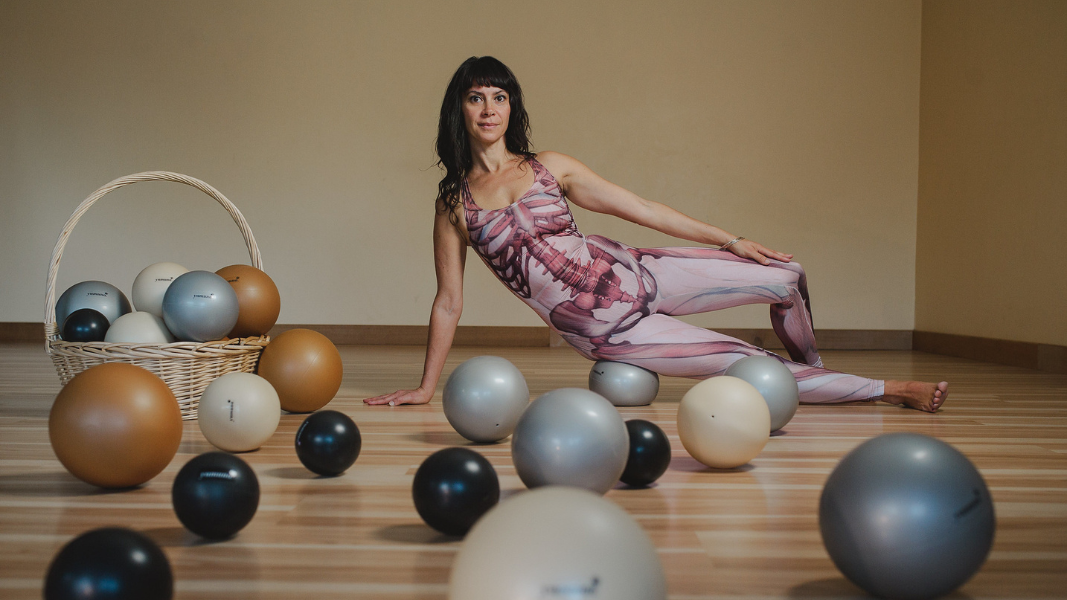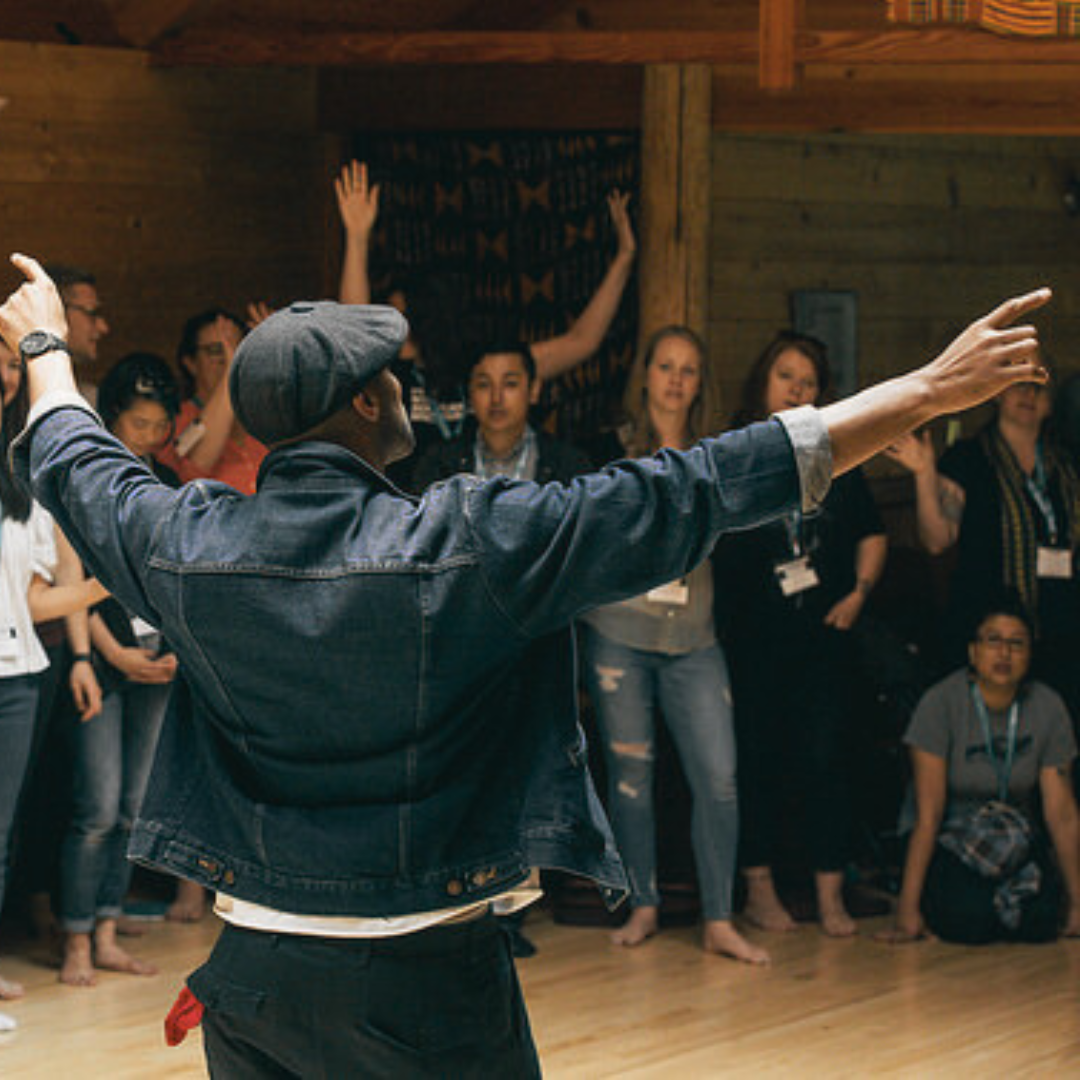Hermes Tresmegistus is the author of the Hermetic Corpus, a series of sacred texts that form the basis of Hermeticism. Hermeticism is a branch of ancient Greek philosophy that includes alchemy, which, put simply, is the ability to transform. To transform is to be able to shift from one way of being to a different way of being. For us to transform, the transformation is first driven by our beautiful, powerful, and sometimes conflicted wants or desires.
In our lives, we are often quite clear about what we want. Often, something we want is glowing physical health. When we refine this down to what this means, it is often something that goes beyond the health that your doctor measures. Instead, this physical health that is coveted, speaks to a certain vitality, an energy, a youthful glow, a feeling of deep satisfaction and happiness, that pervades most of daily life. This glow is not something that is termed health currently, instead it is termed “wellness” or “wellbeing”. Dr. Lawrence Cheng is coining the term “whole human health” to speak to a wellness that extends from the center of our cells and the informatics of nutrition to the more ethereal sense of self, of environment, of universe, and even, of soul, and how to have resplendence on all these levels in an integrated and deeply holistic way.
So we want this. This well-being. This vitality. This whole human health. But how do we achieve it? People search for motivation, discipline, places, coaches, guides, etcetera, to find a way to achieve this kind of health or wellness that is so desirable.
So how does this relate to the quote above?
As within, so without. This is part of the answer as to how to truly live your desired life. As you cultivate and enrich the inner world, so will this cultivation be reflected in your outer world. So, if you cultivate chaos, or competing wants, or unclear or wavering commitment, then your world will reflect this. If you cultivate single mindedness, commitment, clear desires, then your world will reflect this. To be more specific, take the example of you wanting to change to eat an apple instead of eating a piece of cheese, when hungry. You will have both a wish for cheese and a wish for an apple. So, you have to weigh the pros and cons of eating the apple, versus the pros and cons of eating the piece of cheese. To weigh all of these different wants and fears, is a process of clarifying what matters most, what you value most, and what you want to definitely create in your life. So if you definitely want to eat apples instead of eating cheese, then this process can help you look at all the things that contribute to your action to eat apple instead of cheese. In psychiatry, we call this process “motivational interviewing”, and it has proven efficacy in addiction. Given that addiction recovery is such a challenging area of shifting mind and body, and emotion and habit, the technique of motivational interviewing has a resiliency and efficacy that can be applied to this process of understanding what is within in order to change what is without.
But, there is more. Mentally you can do a series of exercises, but it doesn’t interact with “emotional cognition”. Emotional cognition is the term for the emerging fact that many of our decisions are actually more powerfully affected by our emotions, than by our thoughts. So, in the example above, if you relate cheese to a warm summer’s night spent with your grandmother discussing the wisdoms of life as a ten year old kid, avoiding the piece of cheese, should that be your wish, would be more challenging than expected.
How do you shift emotional cognition?
Well, that is a very interesting question.
In the modern world, to change in the inner world, we have many options. In medicine, this change is brought about in part by psychotherapy, offered by psychiatrists. Of course, there is also psychotherapy, offered by psychiatrists. In addition, there are a host of different techniques. There are also numerous ancient practices brought through in the “alternative” worlds of personal change. At the core of all of these techniques, is an aim to shift core beliefs, in order to shift thought, emotion, action, and the physical body.
What are beliefs?
Beliefs are schemas, or theories, about one self and the world. They are encoded in neural networks, patterns of brain cell connections, in our brains. Each brain for each person is very unique. That’s the reason that each person benefits from a one to one situation, in which a professional or expert in this area, can guide a person through the forest of the brain cells, to identify the belief at play, and then be able to shift it. Connected to these beliefs, are strong emotions. In our brains, the amygdala, which is the fear and flight and freeze and positive emotion center, is connected to the hippocampus. The hippocampus is what lays down longer term memory, should you so decide. So, when we have powerful emotions, we lay down long term memory connected to these emotions, to put it simply. So, shifting the belief system can be challenging when strong emotion dictates that a certain belief needs to stay.
To put this in light of our example – and I do love cheese, so this is not to be an enemy of cheese but rather to place this example for those trying to go dairy free or cut down on high fat – if you believe, perhaps on a subconscious and emotional level, that cheese is a way to stay connected to your grandmother, and that, if you don’t eat cheese, you will lose the wisdom of her teachings, then it will be hard for you to have someone else tell you that this idea of eating cheese is not correct. So, beliefs are powerful motivators. Beliefs are in the inner world. As within.
Also, your “within” – the landscape of your psyche, directly impacts your physical body. If you are stressed, and you believe that you can’t handle that stress, you start to create more cortisol, more norepinephrine, and your body physiology changes. So, how you respond to stress, and what you see as stress, and whether you believe that you can handle the stress, are powerful aspects of “within”, that need to be addressed to change “without”. For example, you have small receptors on your skin and hair follicles, that respond to changes in glucocorticoids, which change with stress, and this can lead to early aging with higher stress. Also, your brain cells respond to high levels of chronic – chronic meaning three weeks long – stress. Branches of the brain cells, the neurons, can be lost. You can recover, and regrow your brain, but stress has a definite physical effect on your brain.
One tool that I have found to be powerful in reducing stress is Yoga Nidra combined with Mindscape. Yoga Nidra induces a powerful level of relaxation through techniques of breathing, and progressive muscle relaxation. Then, by focusing from this place on a deeply held desire, you become aware of how much you really want to create and live a certain experience in your life. Then, through Mindscape, the deeply held desire can be explored in an imaginative way, that bypasses the constructs of language or society, and allows for a rich and impactful experience directed by your psyche, to enrich the understanding of you and your life.
In summary, what you cultivate within, will influence how you experience your without. Also, as Hermes Tresmegistus alluded, there is an entire universe within that can be explored, to find more purchase and clarity, in the universe that is seen without. With the power of a well understood within, you have the ability and freedom to create the life you want in the world without.
Join me with co-host Dr. Lawrence Cheng for Whole Human Health at Hollyhock September 12 – 16, 2018.










